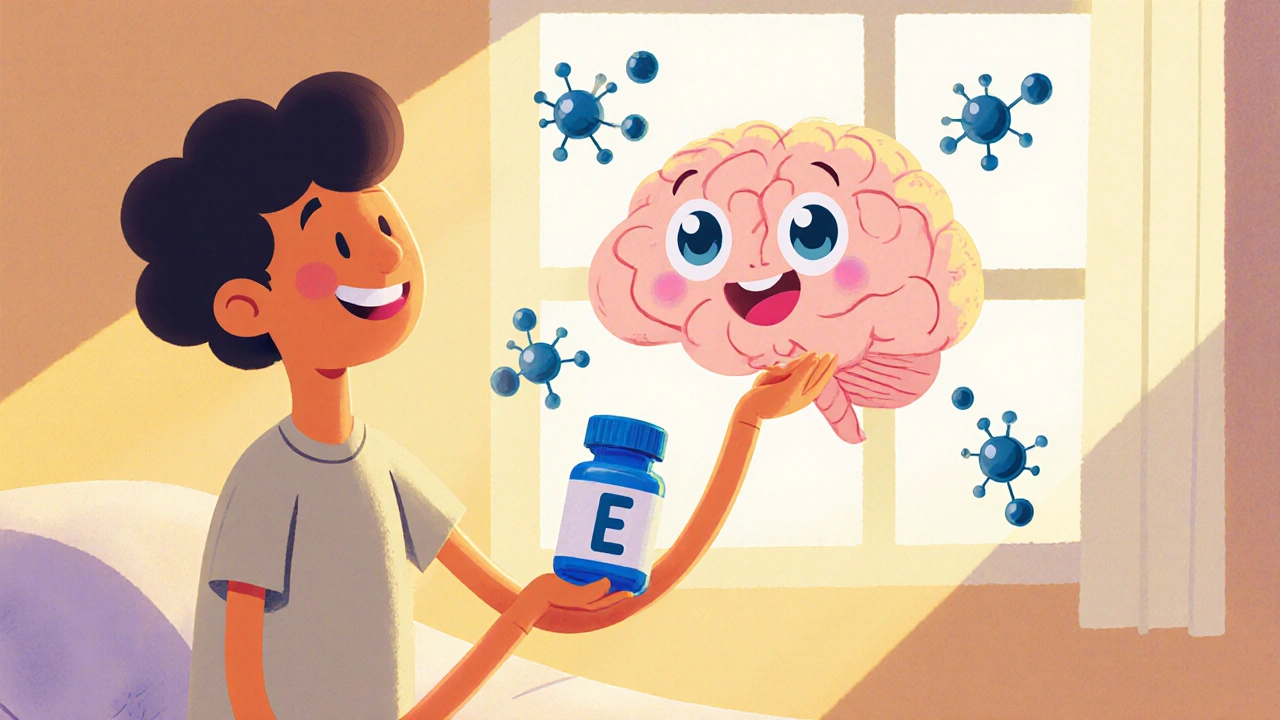Escitalopram Therapy: What You Need to Know
When working with Escitalopram therapy, a selective serotonin reuptake inhibitor (SSRI) regimen prescribed for depression and anxiety. Also known as Lexapro treatment, it aims to boost serotonin activity, which can lift mood and calm nerves. Escitalopram therapy is popular because it often starts working faster than older antidepressants and has a relatively clean side‑effect profile.
Escitalopram belongs to the broader class of SSRIs, drugs that block serotonin reuptake to increase its availability in the brain. This class also includes fluoxetine, sertraline and citalopram, all of which share a similar mechanism but differ in potency and dosing needs. Because SSRIs affect the same neurotransmitter system, doctors usually monitor patients for overlapping side effects such as nausea, sleep changes, or mild sexual dysfunction.
Key Conditions, Dosage & Safety Considerations
The two main disorders that drive depression, a persistent low mood that interferes with daily life and anxiety disorders, excessive worry or fear that can manifest as panic, generalized anxiety, or social anxiety are the primary targets for Escitalopram therapy. Clinical guidelines suggest starting at 10 mg once daily for most adults, with a possible increase to 20 mg based on response and tolerability. This dosage guideline—an essential attribute of effective treatment—helps balance efficacy with the risk of side effects.
Beyond the core conditions, proper dosing is linked to several practical factors: age, liver function, concurrent medications, and even genetic variations in metabolism. For seniors, a lower starting dose (5 mg) often reduces the chance of dizziness or falls. When patients take other serotonergic drugs, such as tramadol or certain migraine medicines, clinicians watch for serotonin syndrome, a rare but serious reaction.
Overall, Escitalopram therapy encompasses careful assessment, dose titration, and ongoing monitoring. It requires patients to report any new symptoms, especially changes in mood, sleep, or appetite, because early detection of adverse effects can prevent treatment failure. By understanding the relationship between SSRIs, depression, anxiety, and individualized dosage, readers can make informed decisions and discuss personalized plans with their healthcare providers.
Below you’ll find a curated set of articles that dive deeper into each of these topics—comparisons with other antidepressants, side‑effect management tips, and real‑world dosing strategies. Explore the collection to arm yourself with the knowledge needed for a safe and effective Escitalopram experience.

Why Combining Therapy with Escitalopram Boosts Depression Recovery
Haig Sandavol Oct 19 12Learn why adding psychotherapy to escitalopram treatment improves remission rates, shortens recovery time, and reduces relapse risk for depression and anxiety sufferers.
More Detail